Order of Philip the Magnanimous, Type II, Commander Breast Star
SKU: 01.HSD.0103.204.01
Estimated market value:
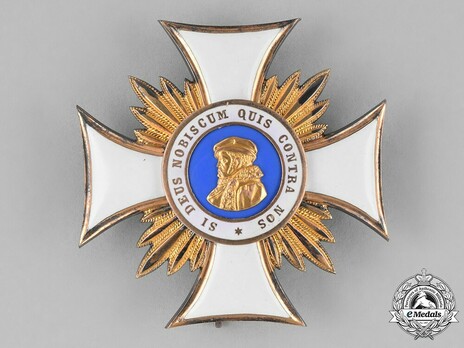
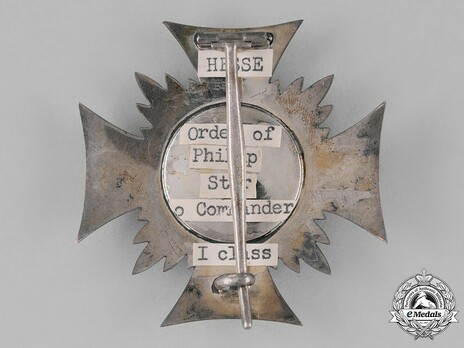
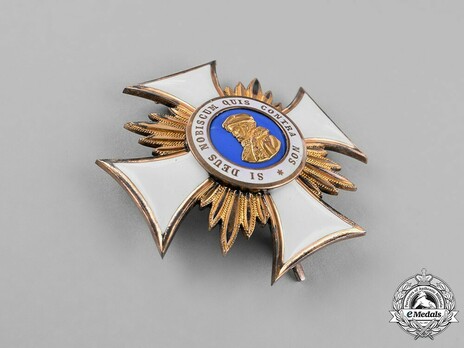
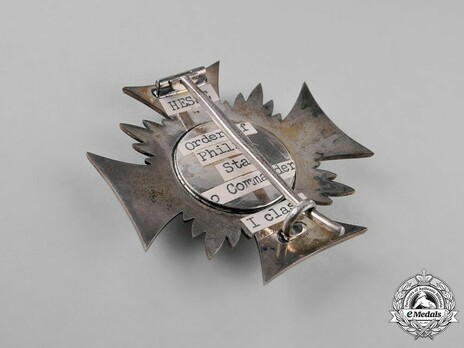
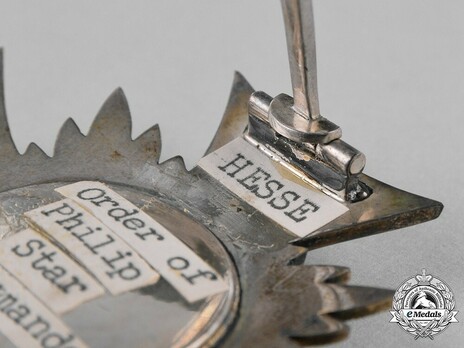
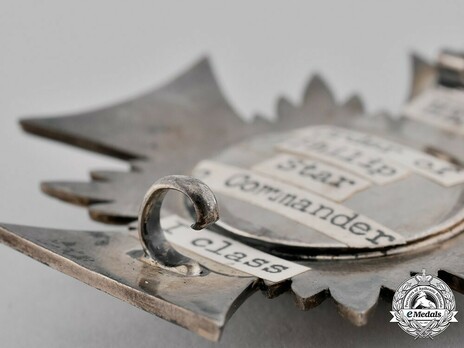
Estimated market value:
Attributes
Physical Description
There are five versions of the Commander Breast Star. The first is constructed of embroidery. The second features no enamel. The third is constructed of silver, gold, and enamels. The fourth bears a crown, and the fifth bears golden rays in the quadrants between the arms.
A Leopold cross with a circular medallion on the obverse. The medallion bears the bust of Philip the Magnanimous encompassed by a border with the inscription "SI DEUS NOBISCUM QUIS CONTRA NOS". The reverse varies based on version.
History
The Order of Philip the Magnanimous was instituted on May 1, 1840 by Grand Duke Ludwig II in commemoration of his ancestor, Landgraf Philip I the Magnanimous, and was conferred in recognition of civil and military merit. Landgraf Philip I the Magnanimous was known for his combative and diplomatic skills to which the House of Hesse owed much of its success. Philip established an alliance which protected and brought the Reformation to Hesse in 1526, with the goal of uniting the opposing Reformation groups.
The Order of Philip the Magnanimous was established in four classes: Grand Cross, I Class Commander, II Class Commander, and Knight. Grand Duke Ludwig II appointed himself and all successors in government to be Grand Master of the order. The order was directly lower in status to the Order of Ludwig. A chancellor was appointed to take care of the responsibilities of the order. If a member of the order received a higher class, the lower class had to be returned to the chancellery. Upon a recipient's death, the order had to be returned.
In 1849, the Silver Cross of Merit was added as the order’s fifth grade. In addition, golden crossed swords were added to the order as a possible addition for the four highest grades. Silver crossed swords were a possible addition to the Silver Cross of Merit. In 1859, the Knight Cross was divided into I and II Class. Silver crossed swords became a possible addition for both grades of the Knight Cross.
In 1876, the Order was renamed Großherzoglich Hessischer Philipps-Orden or the Grand Ducal Hessian Philip Order. However, the official renaming of the order did not change the fact that it was continued to be issued under its original name. In 1881, a surmounting crown was added to the order by Duke Ludwig IV. In 1893, it was determined that the conferral of crossed swords would be limited to extraordinary achievements in war. When receiving a higher class, the lower class with swords did not have to be returned. In 1900, the Honour Cross was introduced by Grand Duke Ernst Ludwig as a class, which fell between the II Class Commander Cross and I Class Knight Cross. In 1911, golden rays were added between the cross arms of the I Class Commander Breast Star.
The Type II Order grades feature the bust of Philip the Magnanimous on the obverse.
The only difference between the I Class Commander and II Class Commander is that the I Class Commander was awarded with an associated I Class Commander Breast Star.
The I Class Commander Breast Star underwent three changes. Model I features an enamelled medallion on the obverse, but the cross arms are not enamelled. Model II features white enamelled crossed arms with a golden edging. Finally, Model III features golden rays between the cross arms.

Versions
$1,000 USD
Embroidery
This version is constructed of embroidery. This version was awarded in 1849.
$2,000 USD
Silver/Gold
Obv: SI DEUS NOBISCUM QUIS CONTRA NOS
60mm
This version does not contain enamel.
$2,400 USD
Silver/Gold/Enamelled
Obv: SI DEUS NOBISCUM QUIS CONTRA NOS
61mm
This version contains enamel.
$5,300 USD
Silver/Gold/Enamelled
Obv: SI DEUS NOBISCUM QUIS CONTRA NOS
86mm
This version bears a crown. This version was awarded from 1881 to 1918.
$2,000 USD
Silver/Silver gilt/Enamelled
Obv: SI DEUS NOBISCUM QUIS CONTRA NOS
60mm
This version bears rays between the quadrants of the arms. This version was established in 1911 and awarded until 1918.


Comments
Sign in to comment and reply.
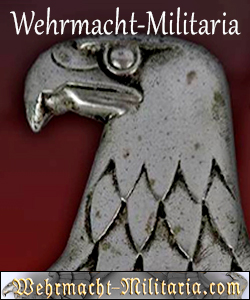
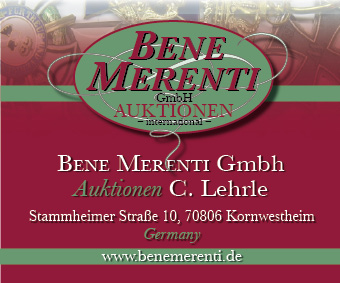
Scroll Top